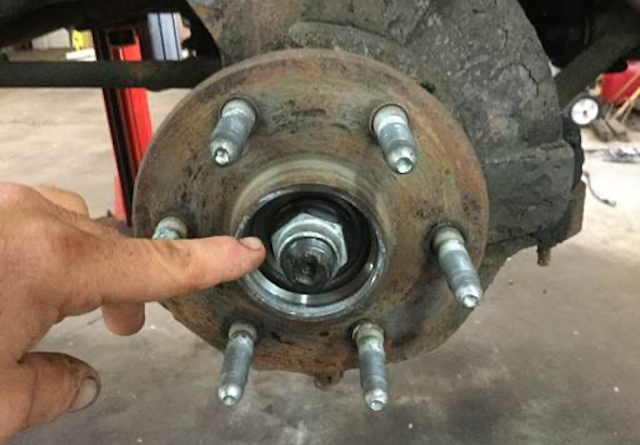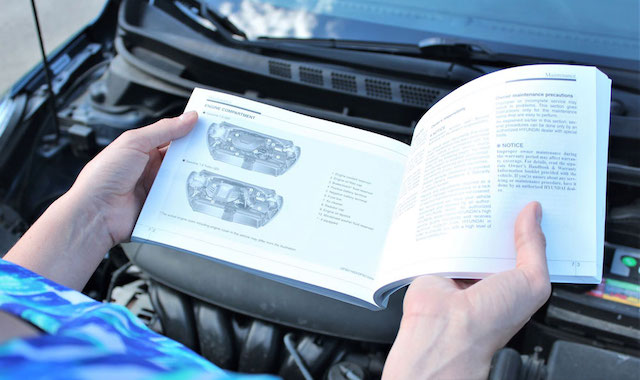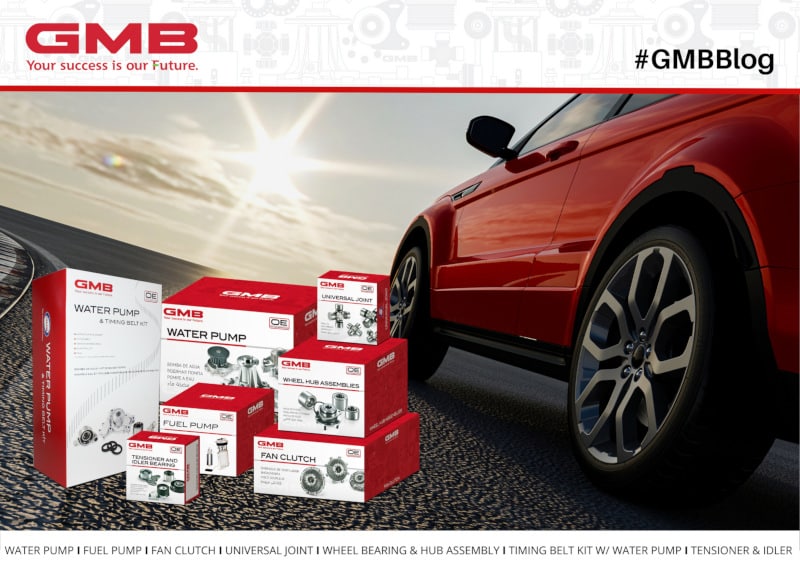Importance Of Following The Manufacturer Recommended Torque Specs
When installing a hub bearing assembly, it’s important to do this one thing: Always follow the manufacturer recommended torque specifications. Improperly torqued axle nuts are a leading cause for premature hub bearing assembly failure.
Want to reduce comebacks? Make sure that your technicians follow the specs recommended by the manufacturer. Using the correct torque specs isn’t advice reserved only for axle nuts. It’s great advice to follow when torquing anything on a vehicle. That includes lug nuts, suspension fasteners, brake bracket bolts, and so on. In this post, we’ll focus on the importance of following manufacturer recommended torque specs for axle nuts.
The axle nut goes on the end of the axle. It is what tightens the wheel bearing onto the knuckle. Here’s a photo:

What Happens If You Overtighten An Axle Nut?
An overtightened axle nut creates lots of problems. It will also cause premature wheel hub bearing assembly failure. An overtightened axle nut puts too much preload on the hub bearing.
What happens when the hub bearing has too much preload? There will be too much friction. This causes the bearing to run too hot, which will compromise lubrication. Due to the heat, the grease will break down and not lubricate as well as it should. Then the bearing will fail due to lack of lubrication. This can happen within a couple of months of normal driving.
What Happens If You Under-tighten An Axle Nut?
If the axle nut is too loose, serious problems could occur. For example:
- Excessive looseness and vibration
- Wheel wobble
- Seal leakage
- ABS problems
- Braking problems
When the wheel hub bearing assembly is too loose, the excess vibration damages the bearing, leading to its failure.
Where To Find The Correct Manufacturer Recommended Torque Specs

The torque specs for the axle nut (and other nuts and bolts) should be listed in the dealership/shop guide provided by the manufacturer. If you can’t find that information, or if you don’t have a guide, you can find the specs in the service manual.
The Tool You Need To Ensure Proper Torquing
The best way to ensure correct torquing is to use a proper torque wrench. Be sure that your technicians use the right torque wrench. Many torque wrenches only go to 150 ft. lbs. Some axle nuts require more than 150 ft. lbs. of torque, so those will require a better torque wrench. It’s also important to not use a handle extension on a torque wrench. An extension handle will throw off the reading. It’s important to not use an impact wrench to tighten the axle nut. Most impact wrenches can apply far more torque than an axle nut should have.
Do you have any questions about the importance of following manufacturer torque specs?
MORE CONTENT
Stay current!
Sign up here to get the latest news
and updates on all things GMB.
Sign Up To Receive GMB News & Updates!

